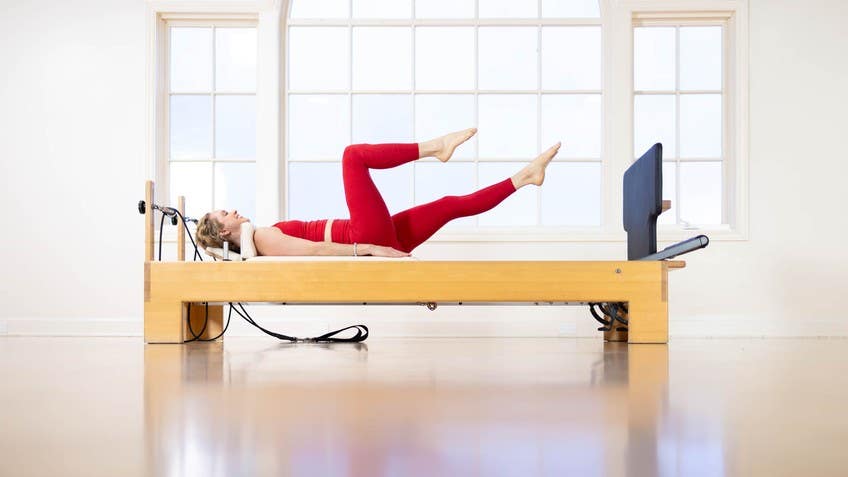Pilates has become increasingly popular among athletes, including tennis players, for its ability to improve strength, flexibility, balance, and overall body awareness. For tennis players, incorporating Pilates into their training regimen can offer numerous benefits, ranging from injury prevention to enhanced performance on the court. In this article, we’ll explore the advantages of Pilates for tennis players and provide a series of exercises using Pilates reformers tailored specifically to improve their game.
Benefits of Pilates for Tennis Players:
Core Strength:
A strong core is essential for generating power and stability in tennis strokes such as serves, forehands, and backhands.
Pilates focuses on strengthening the core muscles, including the abdominals, obliques, and lower back, leading to improved trunk stability and better control over movements on the court.
Flexibility and Range of Motion:
Tennis requires a wide range of motion in the shoulders, hips, and spine. Tight muscles and limited flexibility can increase the risk of injury and hinder performance.
Pilates exercises emphasize elongating and strengthening muscles through controlled movements, helping tennis players achieve greater flexibility and range of motion for fluid and efficient strokes.
Balance and Stability:
Tennis involves rapid changes in direction and weight transfer, requiring excellent balance and stability to maintain control and prevent injuries.
Pilates enhances proprioception and body awareness, improving balance and stability both on and off the court.
Injury Prevention:
The repetitive nature of tennis movements can lead to overuse injuries, particularly in the shoulders, elbows, and lower back.
Pilates targets muscle imbalances and weaknesses, reducing the risk of injuries by promoting proper alignment, muscle symmetry, and joint stability.
Mental Focus and Concentration:
Tennis is as much a mental game as it is physical, requiring focus, concentration, and quick decision-making.
Pilates encourages mindfulness and breath control, fostering mental clarity and concentration that can translate into improved on-court performance.
Pilates Reformer Exercises for Tennis Players:
Reformer Footwork:
Targets: Lower body strength, balance, and coordination.
Exercise: Footwork series including heel lifts, toe taps, and ankle circles performed with resistance on the reformer carriage.
Long Stretch Series:
Targets: Core strength, shoulder stability, and flexibility.
Exercise: Dynamic plank variations, such as piking and planking, using the reformer’s moving carriage to challenge stability and control.
Side Splits:
Targets: Hip abductors, adductors, and lateral stability.
Exercise: Performing side splits on the reformer while maintaining alignment and control, emphasizing hip mobility and strength.
Back Rowing Series:
Targets: Upper back strength, shoulder stability, and posture.
Exercise: Rowing exercises on the reformer using various hand positions and resistance levels to strengthen the back muscles and improve posture.
Mermaid Stretch:
Targets: Spinal flexibility, lateral mobility, and thoracic rotation.
Exercise: Performing the mermaid stretch on the reformer to open up the side body and improve rotation through the spine, beneficial for tennis strokes like the serve and backhand.
Conclusion:
Incorporating Pilates into a tennis player’s training routine can provide a multitude of benefits, from enhancing strength and flexibility to reducing the risk of injuries and improving mental focus. By integrating Pilates reformer exercises tailored to address specific needs, tennis players can optimize their performance on the court and elevate their game to the next level.



